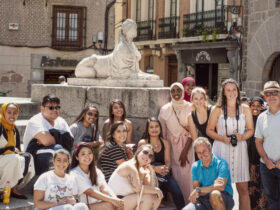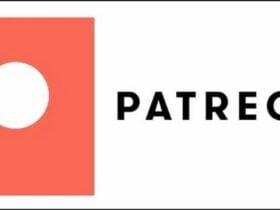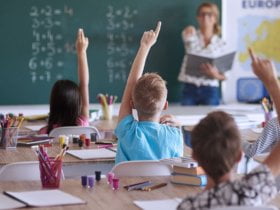According to the U.S. Department of Education, the highest level of education attained in the United States is Doctorate. The second most advanced education level is a Master’s degree. Bachelor’s degrees are the third most advanced level of education in the U.S., followed by Associate’s degrees and a Diploma.
Are you wondering which state has the highest level of education? Is your high school diploma a requirement to apply for a job in your state? Or is your college degree a requirement to get into graduate school?
Check out our interactive map if you’re curious about the United States education system.
The United States is rich in history, culture, and tradition. It is also home to a highly educated population.
There are 50 U.S. states, and each has a unique personality and a distinct way of life. If you’re curious about each state’s education system, look up your state here.
The U.S. states are organized in such a way that one could say that the higher the level of education, the better the chances of having a good life. If the state is ranked among the highest in the world in education, the citizen will likely have a job, high income, good health, and a good life. On the contrary, the citizens of the lowest-ranking states tend to live in poverty, suffer from unemployment, and have poor health and bad energy.

Education in the United States
As of 2015, more than 3 million students were enrolled in higher education programs. That’s nearly 1.2 percent of the U.S. population.
The data comes from the U.S. Department of Education, which states that there are approximately 18,000 four-year institutions and 1,600 two-year institutions. About 2.3 million full-time equivalent students are also enrolled in bachelor’s degrees and 2.9 million in institutions offering Associate’s degrees.
In addition, around 1.5 million students are enrolled in post-baccalaureate certificate programs, and about 4.3 million are enrolled in certificate programs.
While this might seem like a lot, these numbers are decreasing. In 1970, the number of university students was around 14.2 million. By 2005, it had reduced to 12.4 million.
Universities in the United States
Here’s a map that shows the top 10 universities in the U.S. based on total enrollment. The higher the number, the better.
The universities are listed from top to bottom regarding the number of students enrolled in 2015.
Note: The numbers do not include students at all the post-secondary institutions in the province with Alberta campuses.
- Harvard University, Cambridge, MA
- Stanford University, Palo Alto, CA
- University of California, Berkeley
- Massachusetts Institute of Technology (MIT), Cambridge, MA
- Columbia University, New York City, NY
- Princeton University, Princeton, NJ
- University of Chicago, Chicago, IL
Public Schools in the United States
As of 2016, the U.S. Department of Education published data showing that the average SAT score for public high school students is around 1150. And according to the National Center for Education Statistics, the average SAT score for a private high school student is about 1470.
While these numbers may seem high, they aren’t as high as you think.
Consider this: In 2016, 25% of all high schools in the United States were low-performing (defined as having an average SAT score of 1000 or less).
In other words, around 6.5 million students attend high schools performing poorly. That’s a lot of wasted talent and potential.
Private Schools in the United States
You may have heard that private schools are better than public schools. That’s true, but it’s also a little misleading.
Private schools are better at some things and worse at others. But overall, private schools are no better or worse than public schools. This isn’t just true in the United States; this is true around the world. Students from all over the world attend schools of varying quality. And when it comes to quality, students in private schools don’t do any better or worse than students in public schools. They sometimes do slightly better. Why Are Schools So Different?
Private schools tend to be a little more selective, which means fewer students can afford to go.
Public schools are cheaper, which is why they often offer more courses.
Public schools have higher graduation rates, while private schools have lower ones.
The bottom line is that both types of schools are great, and the decision should come down to what you’re looking for in a school.
Frequently Asked Questions about the U.S. Level of Education.
How many years of formal education do you have? Please specify the field.
A: Two years of college (Associate of Arts Degree)
Q: What field of study did you take?
A: I took Biology with an emphasis on Genetics.
Q: What was your career objective upon graduation?
A: I wanted to be a physician.
Q: How far did you go with your career objective?
A: After college, I worked for six months as a nurse and decided to return to school.
Q: Where did you go to school?
A: I went to the University of Georgia.
Q: Why did you choose that school?
A: Georgia is a school that has a great history, so I decided that it would be a good fit for me.
Top Myths about the U.S. Level of Education
- Everyone should go to college.
- College degrees are important.
- Higher education will make a person more successful.
- Higher education will lead to a better job.
Conclusion
The United States is known for its high literacy rate and emphasis on education. It is also where people can progress rapidly through higher education and find employment that allows them to live comfortably.
If you want to improve your career prospects, many great colleges in the United States, including many private institutions. This makes the country a great place to start your career.
However, I recommend saving enough money before enrolling in a program since college costs can be expensive. If you’re unwilling to take on debt to fund your education, consider an online college degree.













